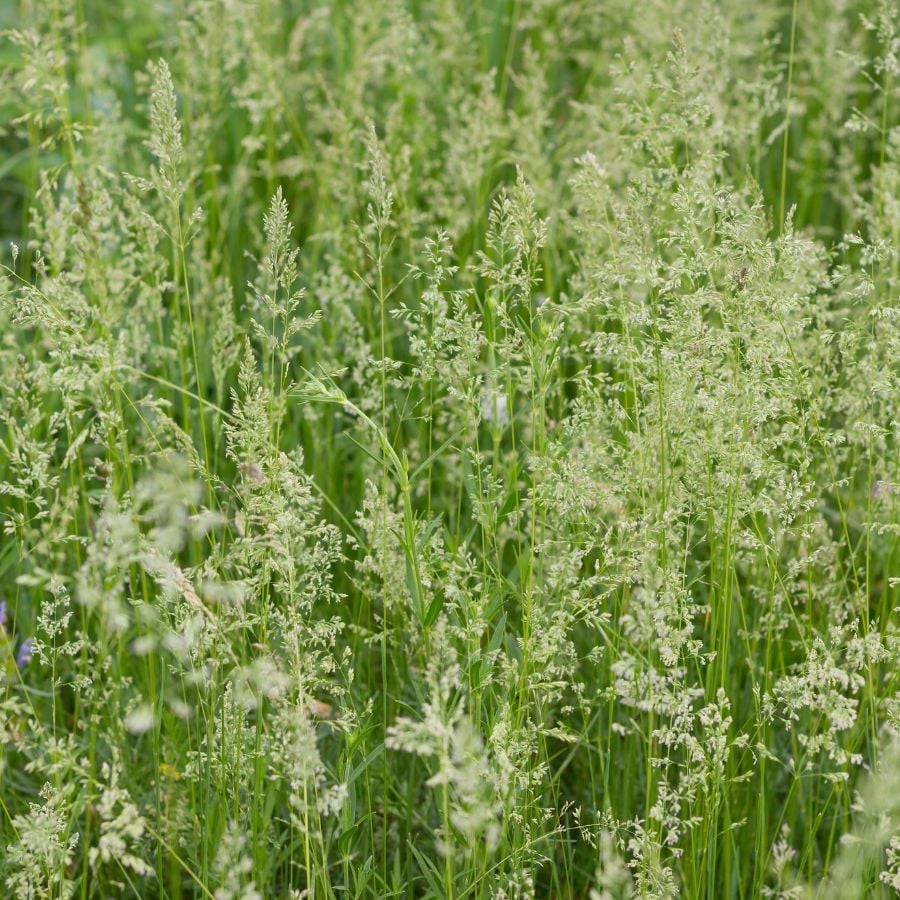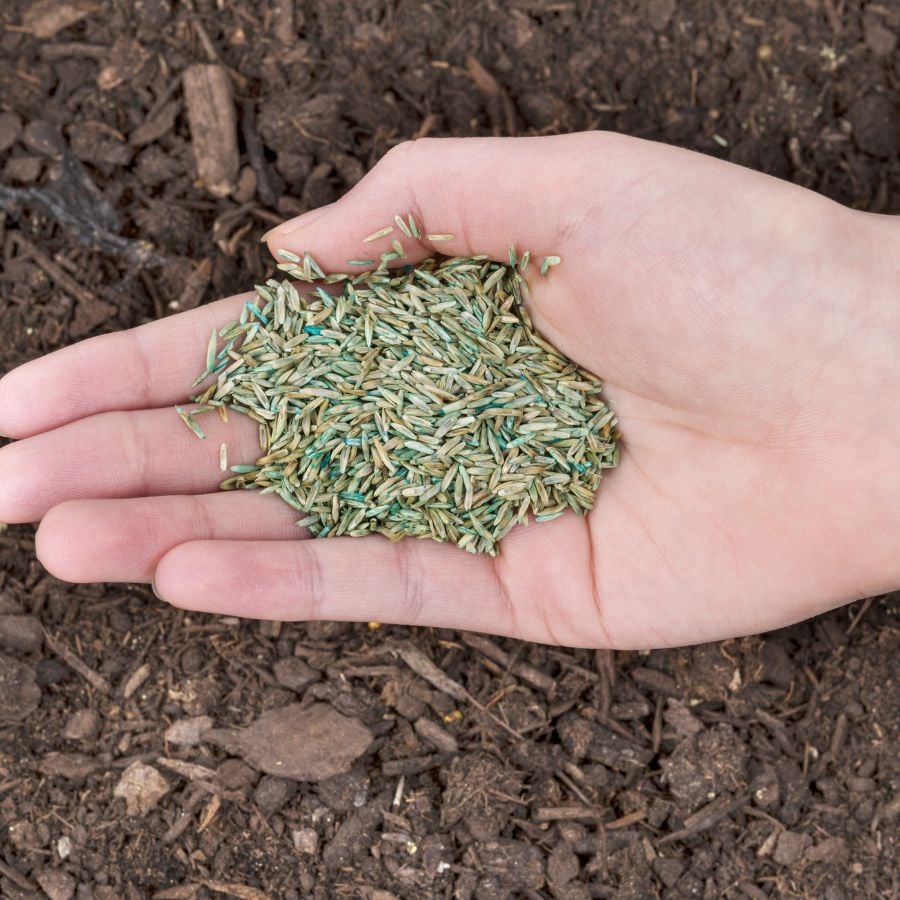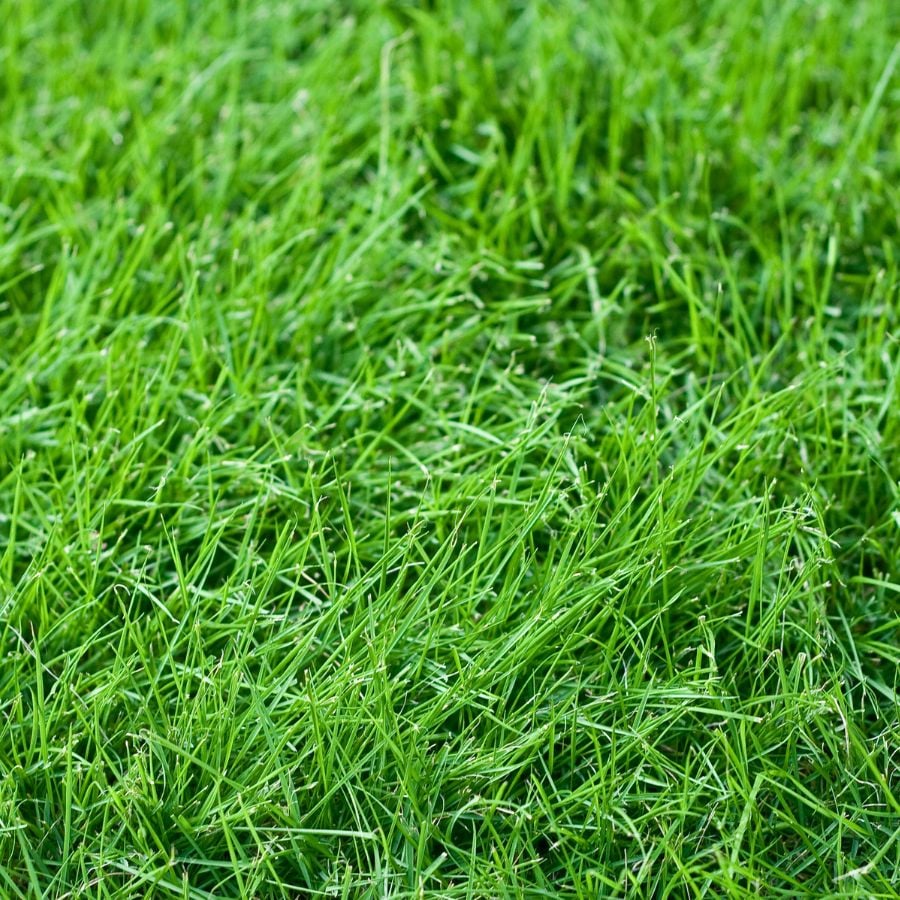Ever scattered grass seed across your yard with high hopes, only to end up with a patchy, disappointing lawn that looks nothing like the lush carpet you envisioned? You’re definitely not alone.
The game-changer for your lawn isn’t more seed or expensive treatments. It’s actually about strategic timing and technique that most garden centers won’t tell you about!
The Secret Timing Trick Professional Landscapers Use
I was shocked to discover that up to 80% of DIY lawn seeding projects fail due to one simple mistake: poor timing. Your grass type determines everything about when to plant.
For cool-season grasses (Kentucky bluegrass, fescue, ryegrass), early fall is your golden window.

The soil still retains summer warmth, while cooler air temperatures create the perfect germination environment, much like tucking your seeds into a cozy, warm bed with a cool, refreshing breeze.
Got warm-season varieties (Bermuda, zoysia, St. Augustine)? Late spring to early summer is your sweet spot, when soil temperatures consistently hit above 65°F.
Plant these heat-lovers too early, and they’ll sit dormant like teenagers who won’t get out of bed before noon.
Your Soil is Trying to Tell You Something Important…
The primary difference between amateur and professional plant parents is the level of attention paid to soil preparation. Most people make this mistake with their lawn: treating soil as just dirt rather than the living foundation of lawn success.
Before you even think about sprinkling those seeds:
- Test your soil’s pH: Most grasses thrive in soil with a pH between 6.0 and 7.5. A simple $10 test kit could save you hundreds in wasted seed.
- Clear and loosen: Remove debris and break up the top 2-3 inches of soil (your seeds need to snuggle in, not bounce on top).
- Level out: A smooth surface prevents water pooling that can drown your precious seeds.
- Feed the foundation: Work in compost or starter fertilizer, just as you would when preparing a gourmet meal for your future lawn.
The Seed Selection That Makes or Breaks Your Lawn Dreams
Forget what you’ve heard about “universal grass seed.” That’s like expecting one type of shoe to fit every foot! Your specific climate, sun exposure, and foot traffic determine your perfect match.
Did you know that some shade-tolerant fescues can grow with as little as 4 hours of direct sunlight? Meanwhile, Bermuda grass will struggle and thin out without at least 8 hours of full sun.
If your lawn doubles as a playground or pet paradise, look for “high traffic” varieties with the resilience to bounce back from being trampled. Your local extension office can recommend specific varieties that have proven successful in your exact region – this free resource is criminally underutilized!
The Distribution Hack That Prevents Embarrassing Patches
That patchy, polka-dot lawn look? It comes from uneven seed distribution. Here’s the professional approach:
- Split your seed supply in half
- Spread the first half walking north-to-south
- Spread the second half walking east-to-west
- Lightly rake seeds into soil (think gentle massage, not aggressive scratching)
- Walk over the area to press seeds into contact with the soil
This cross-hatch method ensures coverage as thorough as a helicopter parent checking homework. Your lawn will thank you with uniform growth that’s the envy of the neighborhood.
The Watering Method That Transforms Germination Rates
The secret most plant experts won’t tell you is that the watering technique can double your germination success. New grass seeds are like newborn babies. They need frequent, gentle attention.

Keep the top inch of soil consistently moist (not soggy!) until germination. This might mean light mistings 2-3 times daily during hot or windy weather.
Once seedlings reach 2 inches in height, transition to less frequent but deeper watering to encourage the roots to grow deeper into the soil.
Pro tip: Water in the early morning to reduce evaporation and fungal disease. Late evening watering creates a humid overnight environment where fungi flourish, like hosting an all-night party for lawn diseases.
Protection Strategies That Save Your Investment
Your newly seeded lawn is as vulnerable as a smartphone with a cracked screen. It needs protection! A thin layer of straw mulch (about 50% soil visibility) helps retain moisture and shields seeds from being washed away or becoming bird brunch.
Create temporary barriers or signs to prevent foot traffic until your grass is established enough for its first mowing (typically 3-4 inches in height). Each premature footstep is like erasing parts of your lawn’s future!
The First Mow: Timing is Everything
The first haircut for your new lawn is a milestone moment! Wait until your grass reaches 3-4 inches in height, then cut no more than one-third of the blade length.
Set your mower to its highest setting and ensure blades are sharp. Dull blades tear grass rather than cutting it cleanly, creating entry points for disease.
This conservative first cut encourages your grass to develop robust root systems that reach deep for nutrients and water, creating resilience that will serve your lawn for seasons to come.
The Secret Weapon: Strategic Overseeding
Even the most meticulously planned lawns may develop thin spots. Professional landscapers regularly use overseeding. The process of adding seed to existing turf – to maintain thick, lush coverage.

For dramatically improved results:
- Mow existing grass short and remove clippings
- Aerate the lawn to create seed-to-soil contact opportunities
- Apply seed at about half the rate recommended for new lawns
- Top with a thin layer of compost to improve seed-to-soil contact
This method can transform a struggling lawn into a vibrant green carpet without the need for a dramatic restart, killing everything and beginning from scratch. It’s like renovation rather than demolition!